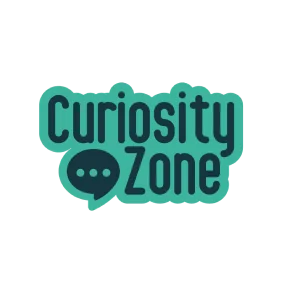
Bowling Together, Differently
By Steve Lear
A New Look at Social Capital After Zoom
In Bowling Alone, Robert Putnam famously argued that American social capital — the dense networks of relationships that underpin a healthy democracy — has been in decline since the 1960s. His metaphor was vivid: more people were bowling, but fewer were joining leagues. The deeper concern was that trust, cooperation, and civic life would erode without face-to-face engagement.
But today’s world invites a different lens.
While traditional in-person community participation has declined, technology has dramatically expanded how people form meaningful connections. Tools like Zoom, texting, and social media have freed individuals from the geographic and logistical barriers that once defined community life. What was once obligatory — showing up in person, joining the local club, enduring long commutes — is now elective.
This shift especially matters for groups historically marginalized in traditional civic spaces, such as women, minorities, and people with disabilities. Before the advent of virtual communication, participation in face-to-face civic life often came with significant barriers, including safety concerns, exclusionary norms, and outright discrimination. Technology has offered these groups new pathways to build networks based on shared purpose, not proximity — networks that are often safer, more inclusive, and more empowering.
It’s also worth recognizing the gift of time. Digital tools have compressed meetings, reduced commuting, and streamlined communication. This reclaimed time can be reinvested in family life, neighborhood relationships, activism, and personal growth — all forms of social capital that Bowling Alone didn’t fully foresee.
In short, while the form of community has shifted, its core values — human connection, trust, and cooperation — can still thrive, often in ways that are more equitable and accessible than ever before.
We may not always bowl in leagues anymore, but we are still finding ways to bowl — and build — together.
The challenge for this era isn’t to mourn the past, but to intentionally shape the future: creating communities, both digital and physical, that foster real trust, belonging, and resilience for everyone.

